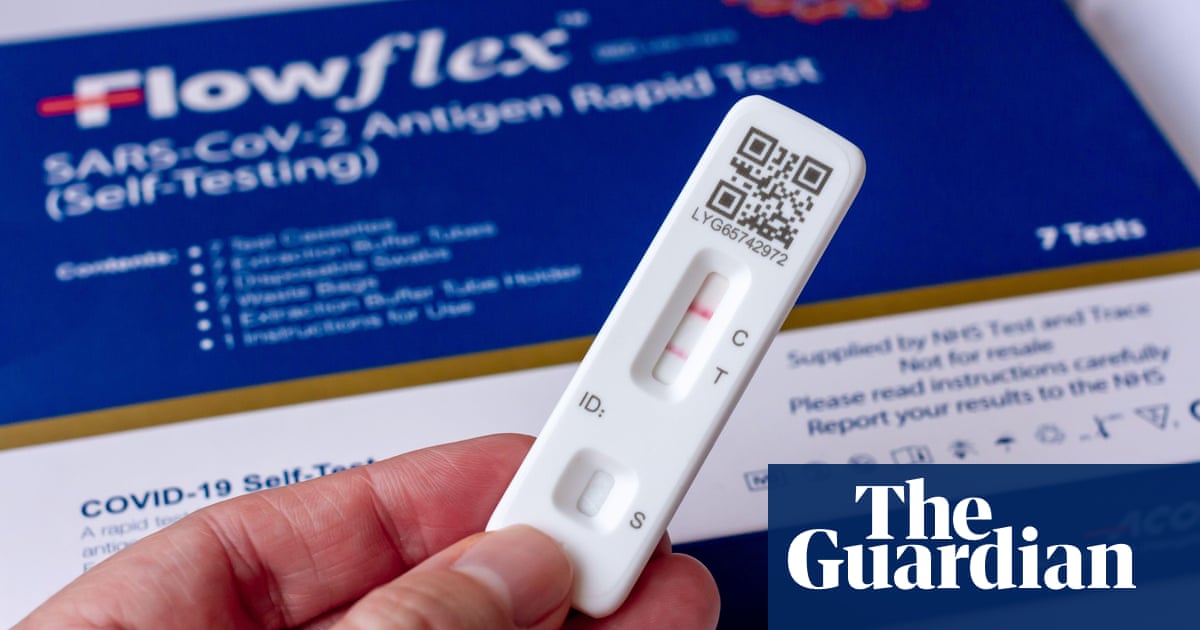
The number of Covid infections in England and Scotland is continuing to rise but the overall picture across all of the UK remains mixed, the latest data shows.
A total of 3.1 million – or roughly one in 17 – people in England were likely to have had coronavirus in the week to 13 July. It represents a small increase on the figure of 2.9 million – or one in 19 – people the week before.
Covid also remains prevalent in Scotland, where 340,900 people were estimated to have had the virus in the week to 14 July, or about one in 15. It is the highest estimate for Scotland since April.
In Wales, infections have plateaued at 183,200 or about one in 17 people, which is similar to 183,500 in the previous week. In Northern Ireland, infections have dropped to an estimated 88,400 people, or one in 20, down from 107,600, or one in 17.
Kara Steel, the ONS senior statistician for the Covid Infection Survey, said: “Infections have, overall, continued to increase in England, reaching similar levels to those seen in April during the BA.2 wave. However, we are seeing some uncertain trends in the latest data across the other UK countries, some English regions and among some age groups.
“It is too early to say if this most recent wave is starting to peak, but we will continue to closely monitor the data.”
The combined data means 3.8 million people in private households in the UK were estimated to have had Covid in the week to 14 July, up 7% from 3.5 million the previous week. While hospital numbers appear to have levelled off, there have been calls for the return of infection control measures, including mask-wearing and better sick pay amid concern about rising cases and new variants.
Prof Rowland Kao, the chair of veterinary epidemiology and data science at Edinburgh University, predicted “much more stressful conditions” in the autumn and winter and called for greater precautions.
“Anything we can do to keep things down now is helpful,” Kao said. “I mean testing, isolating if positive, and being respectful of physical distance, particularly in high-risk settings. FFP2 masks in those settings would be a good idea, though that is also personal choice.”
The current estimate is the highest for total infections since mid-April, but is still below the record high of 4.9 million seen at the peak of Omicron BA.2 wave at the end of March.
The UK has endured three major waves of Covid since December. The first, driven by the original Omicron variant, BA.1 peaked in January but was swiftly followed by a second wave, fuelled by the Omicron subvariant, BA.2. The latest wave began in June with two descendants of BA.2, named BA.4 and BA.5, but of these, BA.5 is spreading fastest. According to a report on Friday from the UK Health Security Agency, the BA.5 variant is now dominant in England, accounting for 79% of cases.
The figures come as polling suggests public concern about Covid has fallen to its lowest level since the start of the pandemic. Two-thirds of people surveyed said they were concerned about the risk coronavirus posed to the country, down from 71% in Match, according to data compiled by the polling company Ipsos.
Likewise, 56% of respondents said they were concerned about the risk the virus posed to people, down from 59%.











